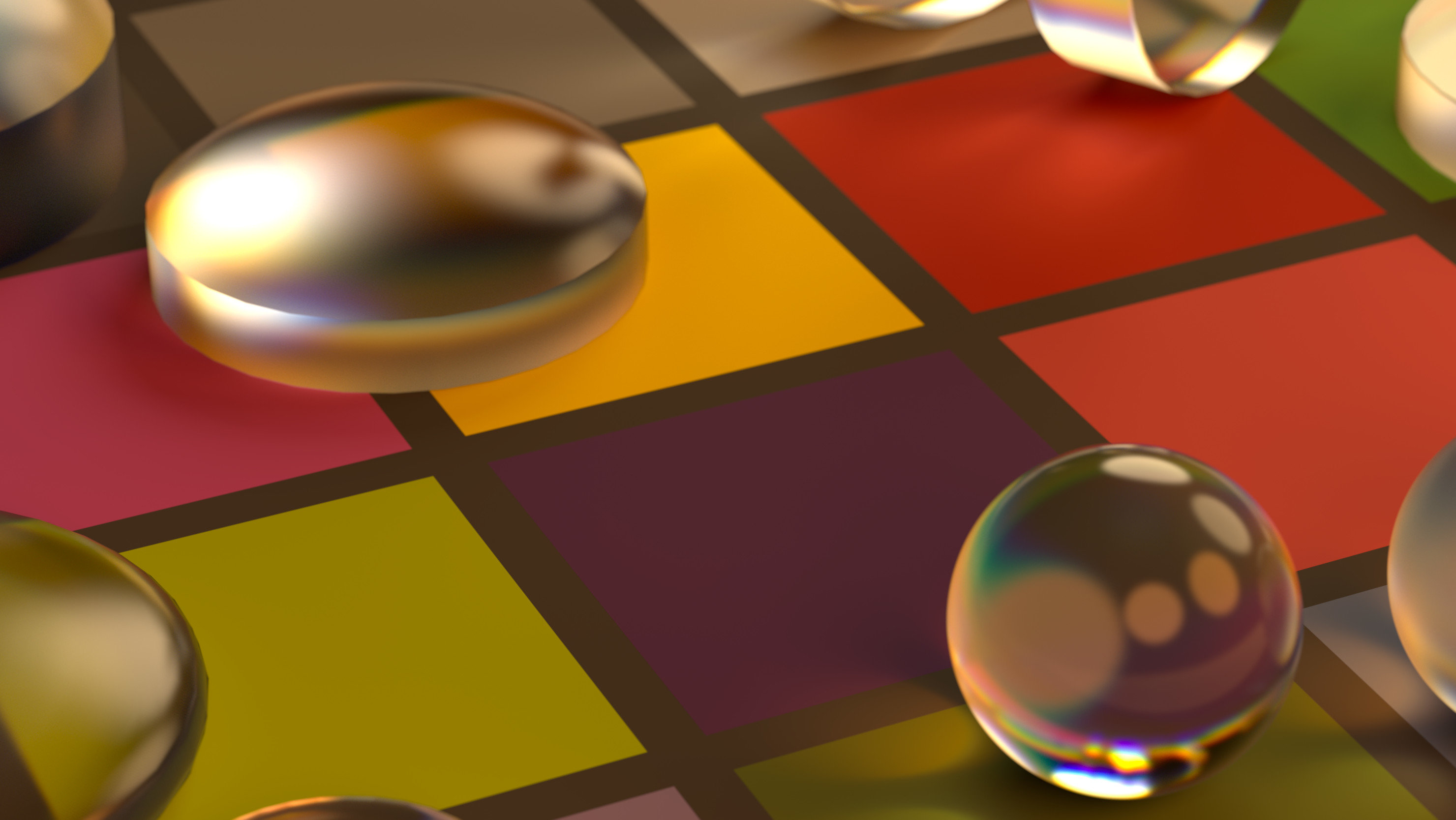
The backbone of computer graphics is the generation of images – a process referred to as rendering. Rendering can come in various flavours: photorealistic (trying to mimic real-world physics), illustrative and expressive (e.g., schematics in textbooks), artistic renditions (e.g., imitating artistic styles), neural rendering (e.g., ai denoising, deep fake), or perceptual rendering (see also immersion).
The focus of rendering research can be on the virtual content, the display, or the rendering method. Questions of virtual content are, for example, geometric complexity, data structures, shape representation (vector graphics, triangles) and material properties. Regarding displays, one can consider resolution, colour depth and AR/VR applications. Finally, there are a myriad of rendering methods, such as rasterization, ray tracing, stochastic sampling, voxel rendering, image-based solutions, point splatting and many more.
Rendering is a rich field and different aspects can be influenced by other areas of science. Vision for material acquisition, physics for appearance modeling, mathematics for light transport, artificial intelligence and neural networks for denoising or interpolation and algorithms for structure traversal, amongst others.